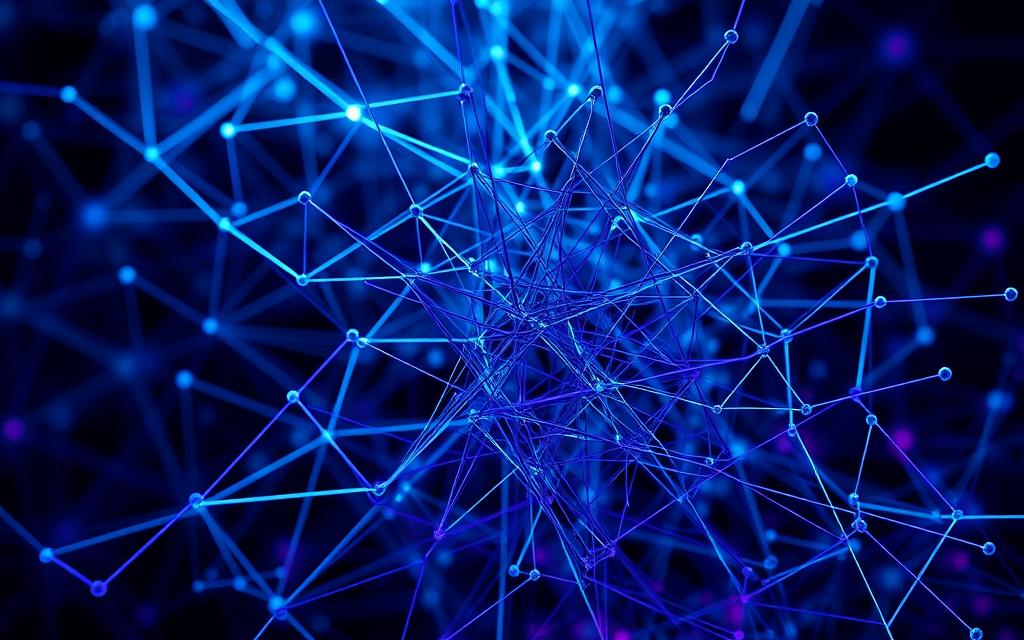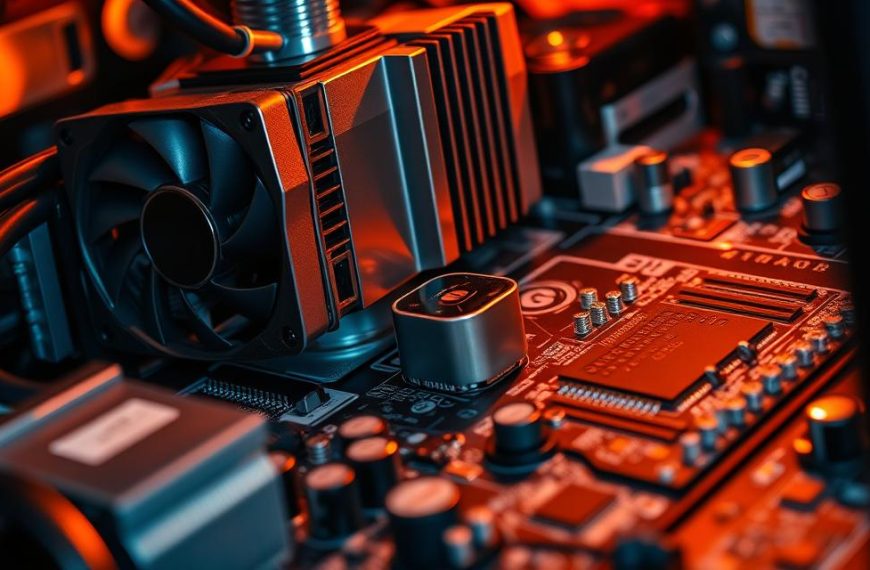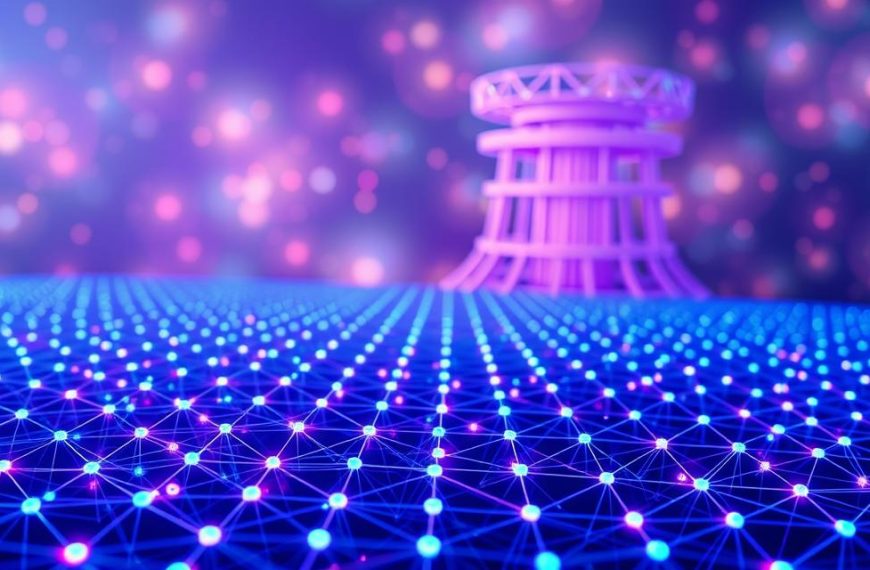Modern artificial intelligence relies heavily on architectures that process sequential data effectively. Among these, Long Short-Term Memory networks stand out as a specialised solution for handling time-based patterns. Developed by Hochreiter and Schmidhuber in the 1990s, this approach addresses critical limitations in earlier neural network designs.
Traditional models often struggle with retaining context over extended sequences. The unique memory mechanisms in these networks enable them to manage long short-term dependencies effortlessly. This capability makes them indispensable for tasks requiring analysis of temporal relationships, such as language translation or stock prediction.
Within the broader machine learning landscape, this architecture represents a pivotal advancement. Its ability to process input streams while maintaining relevant historical context revolutionised how systems interpret sequential information. From speech recognition to medical diagnostics, the practical applications span numerous industries.
Subsequent sections will explore the technical foundations of this technology. We’ll examine how its gate-based structure processes input and generates accurate output, along with real-world implementations driving innovation today.
Introduction to LSTM Networks and Deep Learning
AI’s ability to handle time-based information stems from specialised network designs. These frameworks excel at interpreting patterns in sequential data, such as speech rhythms or stock market trends. Their development marked a turning point in how machines process temporal relationships.
Background and Significance
Traditional neural networks faced challenges with retaining context across extended sequences. Early architectures struggled to manage dependencies between distant events in time-series information. This limitation sparked innovations in feedback-based models capable of preserving critical memory.
| Feature | Traditional Networks | LSTM Architecture |
|---|---|---|
| Data Handling | Single data points | Full sequences |
| Memory Retention | Short-term only | Long-term dependencies |
| Use Cases | Static analysis | Language translation, sensor data |
An Overview of Artificial Intelligence and Machine Learning
Modern systems leverage layered structures to extract meaning from raw inputs. This approach enables progressive feature identification – from basic shapes in images to complex syntax in text. Sequential models occupy a unique niche, particularly for tasks requiring temporal awareness.
Key applications include:
- Predictive typing in messaging platforms
- Fraud detection in financial transactions
- Equipment failure forecasting in manufacturing
The Evolution from RNNs to LSTM
Early approaches to sequence analysis relied on recurrent neural networks (RNNs), which process data points sequentially. These frameworks use hidden states to retain context from prior steps. However, their effectiveness diminishes when handling extended timelines in tasks like speech recognition or weather forecasting.
Challenges with Traditional Recurrent Neural Networks
RNNs face a critical limitation known as the gradient problem. During training, adjustments to model parameters rely on error signals that weaken over time. In long sequences, these signals often shrink exponentially – rendering earlier inputs irrelevant. This vanishing gradient issue severely restricts memory retention.
Conversely, exploding gradients occur when error values grow uncontrollably. This destabilises training processes, causing unpredictable weight updates. Both scenarios hinder the network’s ability to learn temporal relationships beyond short intervals.
Addressing Gradient Instability
Innovative architectures introduced memory cells with regulated information flow. These structures employ specialised gates to control data retention and disposal. By maintaining constant error gradients across time steps, they prevent signal decay or amplification.
The cell’s design allows selective preservation of historical context. This mechanism enables reliable pattern recognition in financial market trends or language syntax – scenarios where traditional RNNs falter. Such advancements resolved core limitations in recurrent neural networks, enabling practical applications across industries.
Understanding the LSTM Architecture
Advanced neural architectures employ sophisticated mechanisms to manage temporal patterns effectively. At their core lies a memory cell that preserves context across sequences while specialised gate structures regulate information flow. This combination enables precise control over what data gets stored, modified, or discarded during processing.
The Role of Memory Cells in LSTM
The cell state acts as a conveyor belt, transferring critical information through successive time steps. Unlike temporary hidden states, this component maintains long-range dependencies by selectively updating its content. Three regulatory mechanisms work in tandem to prevent irrelevant data accumulation while preserving essential context.
| Gate | Function | Activation |
|---|---|---|
| Input | Filters new information | Sigmoid |
| Forget | Removes outdated data | Sigmoid |
| Output | Controls exposure | Sigmoid + Tanh |
An Introduction to Input, Forget, and Output Gates
Each gate uses mathematical operations to manage data flow:
- Input gate: Decides which current inputs enter the memory cell
- Forget gate: Identifies obsolete information for removal
- Output gate: Determines what context influences subsequent processing
As highlighted in detailed visual explanations, these components use sigmoid functions to produce values between 0 and 1. This range allows precise control – a value near 1 permits full information passage, while 0 blocks it completely.
“The true innovation lies in how these gates collaborate to maintain both immediate context and extended timelines simultaneously.”
The hidden state serves as short-term memory, updated using current inputs and prior states. This dual-memory system enables networks to handle complex temporal relationships in weather forecasting or speech synthesis with remarkable accuracy.
Mechanics of LSTM: How It Works
Sequence-processing architectures rely on precise gate operations to manage temporal relationships. Three regulatory components – input, forget, and output gates – collaborate to control data flow through memory cells. This orchestrated system enables selective retention of context across extended timelines.
Step-by-Step Process in a Single Time Step
The cycle begins with the forget gate analysing prior hidden state values and current inputs. Using f_t = σ(W_f · [h_{t-1}, x_t] + b_f), it determines which historical cell state details to discard. This selective erasure prevents redundant information accumulation.
Next, the input gate calculates which new data enters the system via i_t = σ(W_i · [h_{t-1}, x_t] + b_i). Simultaneously, potential updates to the cell state get generated. These filtered adjustments merge with retained context through C_t = f_t ⊙ C_{t-1} + i_t ⊙ Ĉ_t.
Activation Functions and Data Flow Through Time
The output gate then governs what processed information influences subsequent steps. Employing o_t = σ(W_o · [h_{t-1}, x_t] + b_o), it modulates how the updated cell state transforms into the new hidden state using tanh activation. This dual activation function approach ensures stable gradient flow.
Each time step concludes with h_t = o_t ⊙ tanh(C_t), passing refined context forward. This meticulous process enables networks to handle stock market predictions or speech rhythm analysis with remarkable temporal awareness. The gates’ collaborative mechanics demonstrate how controlled data manipulation drives effective sequence modelling.















